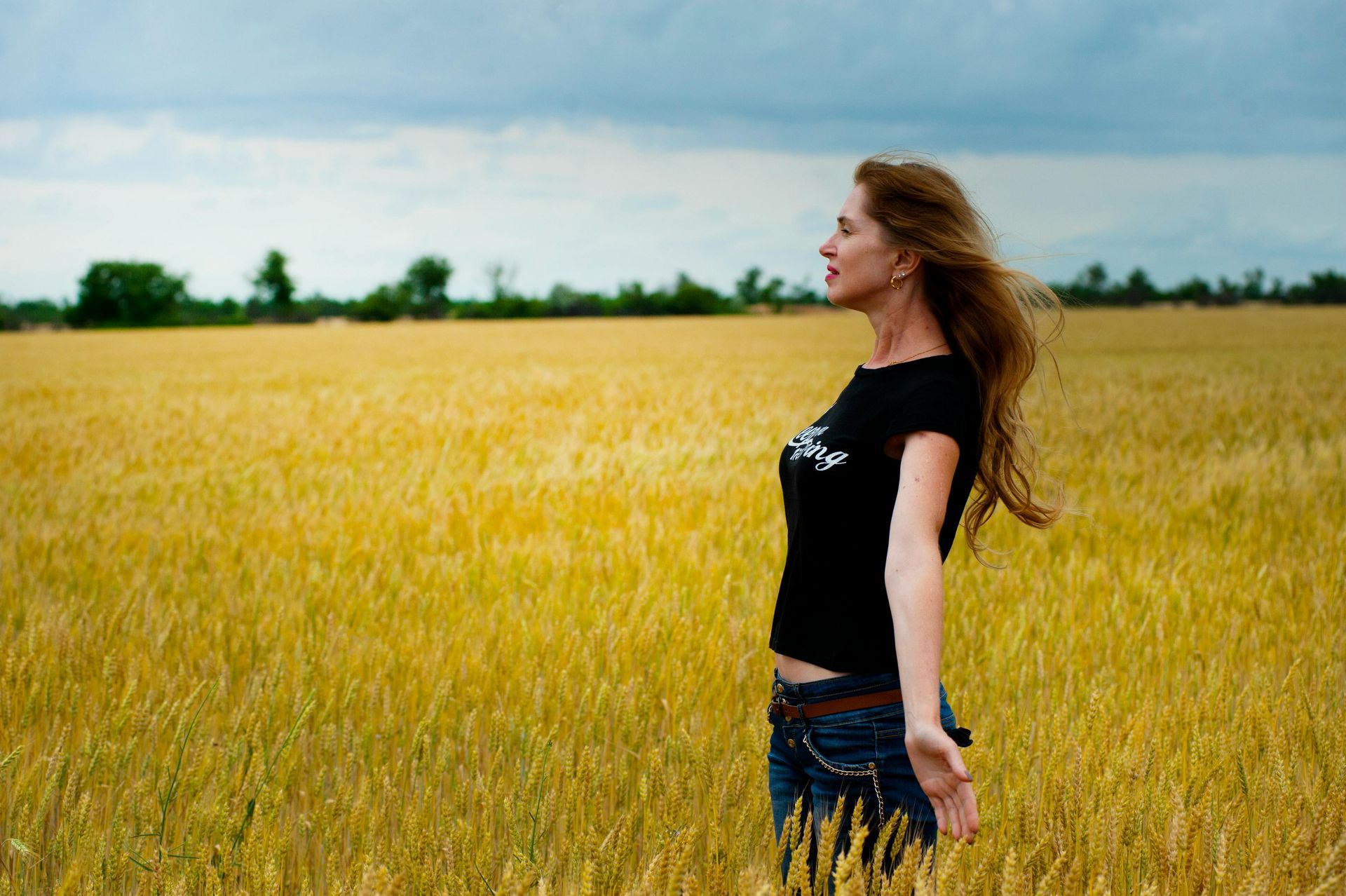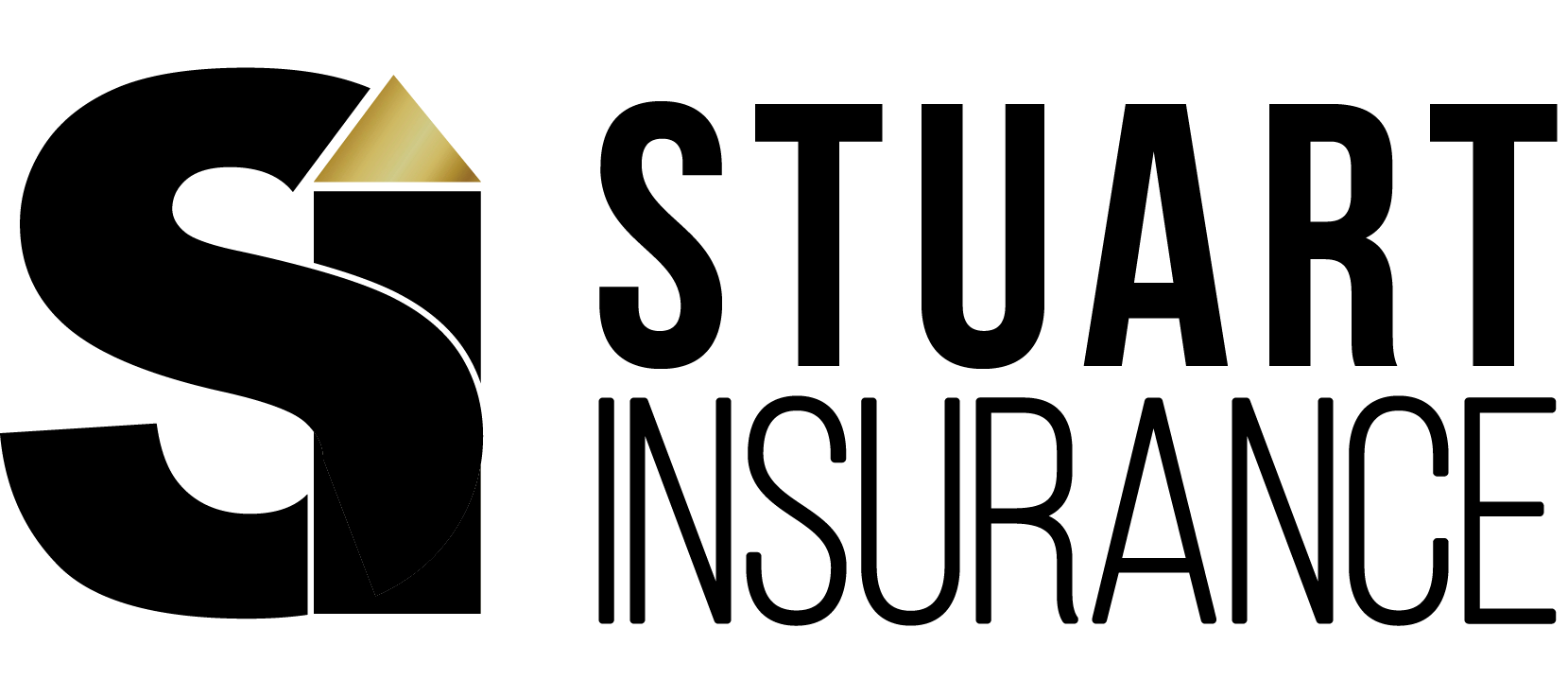INVESTMENT & SAVING
"You deserve strength when life takes a turn."


Tax Free Saving Account (TFSA)
6 really useful things you can do with your TFSA
A tax-free savings account (TFSA) is more versatile than you might realize. Find out what your TFSA can help you achieve.
- 1. You can use a TFSA to save more for your kids’ education
- 2. You can use a TFSA to help your kid(s) save for other goals
- 3. You can use a TFSA to finance your retirement
- 4. You can use a TFSA towards a down payment on a first home
- 5. You can use a TFSA to save for your parents’ health care
- 6. You can use a TFSA to save for a rainy day
Here’s an easy question: What’s your registered retirement savings plan (RRSP) for? There are at least 2 uses everyone agrees on: saving for retirement and tax relief.
Here’s a tougher question: What’s your tax-free savings account (TFSA) for? For many people, the answers aren’t so clear. Not because TFSAs aren’t useful, but because TFSAs can serve so many purposes at all stages of your life. A TFSA can help you save for a home, your retirement or just a rainy day.
The Canadian government introduced TFSAs in 2009. Since then, they’ve become an important part of many Canadians’ financial plans. Still unsure how you can best use this flexible savings vehicle? Here are 6 ways your TFSA can work for you.
1. You can use a TFSA to save more for your kids’ education. If your child isn’t in post-secondary yet, have you already saved enough to access the maximum government grants for a registered education savings plan (RESP)? Then your TFSA is an ideal place to save more for your kids’ education. You’ll pay no taxes on the growth within the plan. Also, there are no penalties if your children choose not to go to college or university.
Is your child in post-secondary and you’ve already contributed the maximum to your own TFSA? If your children are at least 18, you can give them money to open their own TFSA. (Note: A TFSA in your child’s name means the child could technically use the money the way they want.)
2. You can use a TFSA to help your kid(s) save for other goals
When school’s finished, you can continue to give your children money to contribute to their TFSAs. Maybe you want to help out with:
- A down payment for a home,
- Wedding costs, or
- Other projects your child may have like starting a business.
Remember, your child has no legal obligation to use the money the way you intend.
3. You can use a TFSA to finance your retirement
Top up your retirement savings with your TFSA contributions. Have you already reached your RRSP contribution limit? The extra savings will come in handy some day.
Read more: How to turn retirement savings into retirement income
Retire early. If you retire early, you may not yet be eligible for government or workplace pensions. And, you may not want to start withdrawing income from your RRSP savings. If so, your TFSA may be the ideal way to bridge the gap. But check with your Sun Life advisor first! Efficiently funding early retirement can be tricky.
Continue to save in retirement. Are you unemployed? Or, is your part-time business not making a profit right now? You may not earn enough to make an RRSP contribution. But you can still contribute to your TFSA.
Continue to save after age 71. You can’t own an RRSP past the year you turn age 71. You have to convert it to a registered retirement income fund (RRIF) or payout annuity by the end of the year you turn 71. Or, you’ll have to take the RRSP money in cash (and pay tax on it). But you can keep your TFSA open. And you can keep contributing to it as long as you wish.
Use your TFSA as a source of tax-free income. Talk to your advisor about how and when this is a good strategy.
4. You can use a TFSA towards a down payment on a first home
The Tax-Free First Home Savings Account (FHSA) is a registered investment account that allows Canadian residents to contribute up to $40,000 (with an annual contribution limit of $8,000) to buy their first home in Canada.
Qualifying FHSA contributions are tax-deductible. This means you can subtract these contributions from your taxable income. And, like a TFSA, investment growth and withdrawals from a FHSA are tax-free. That’s provided you use your withdrawals for the purpose of buying a qualifying home.
Read more: What are the main differences between an FHSA and a TFSA?
5. You can use a TFSA to save for your parents’ health care
Are you responsible for helping aging parents? A TFSA can be a great way to help them with the cost of aging. Health care at home or in a long-term care facility can be expensive. If your parents are unable to fully cover such costs, you can use your TFSA to help them. You could also give your parents money to contribute to their own TFSAs. This is an interesting option if you’ve maxed out the contributions to your own TFSA.
Read more: 4 important tax credits that help caregivers
6. You can use a TFSA to save for a rainy day
It’s an uncertain world. There’s no way of predicting the unexpected expenses that life can toss your way.
A TFSA is ideal for letting you put aside money in an emergency fund for unexpected hardship. Remember that any investment growth it generates is also tax-free. You can use your TFSA to cover any need, including:
- Job loss,
- Health-care costs not covered by government, group or personal health insurance,
- Home repairs or renovations,
- Car repairs and more.

